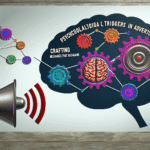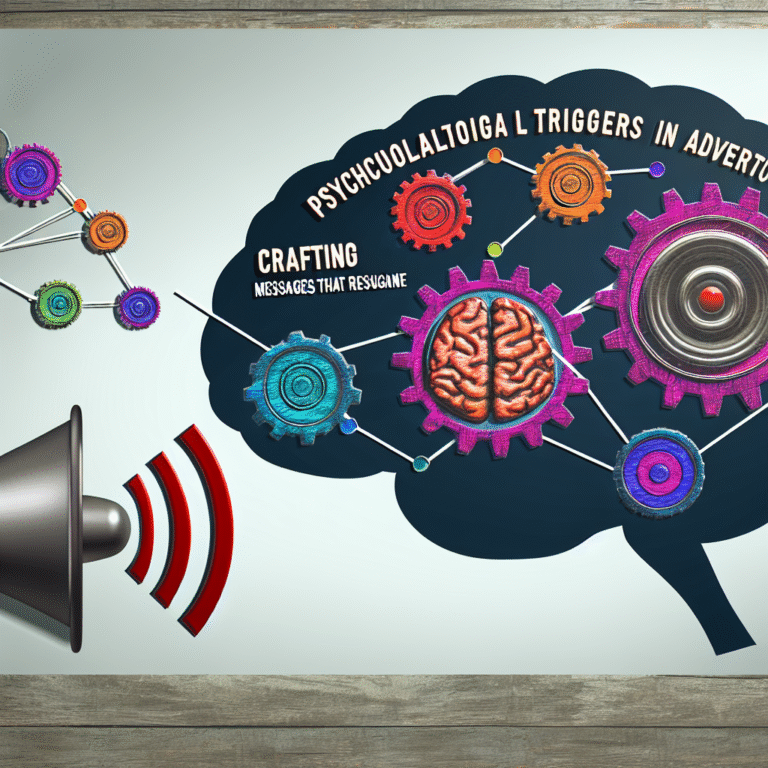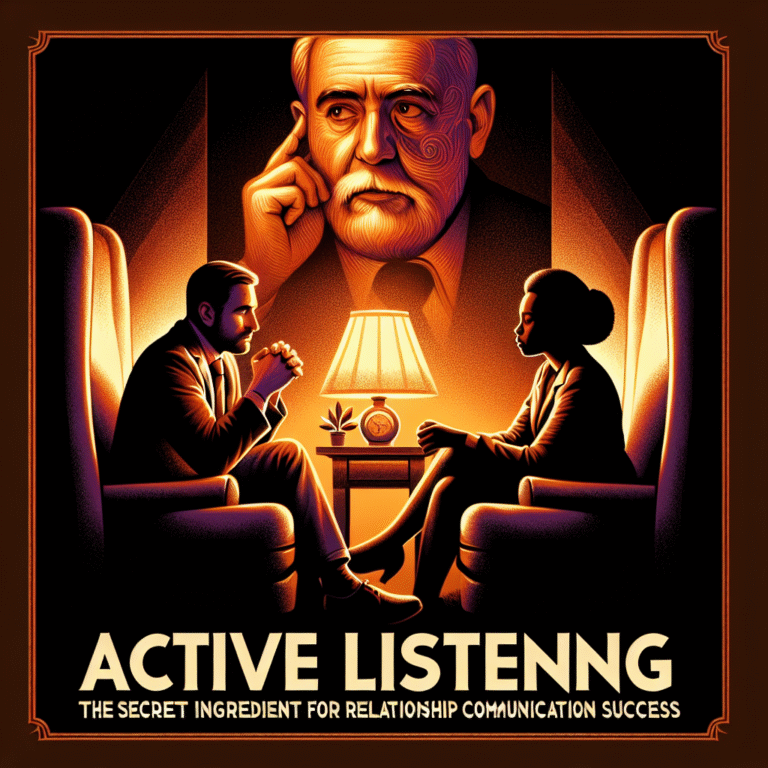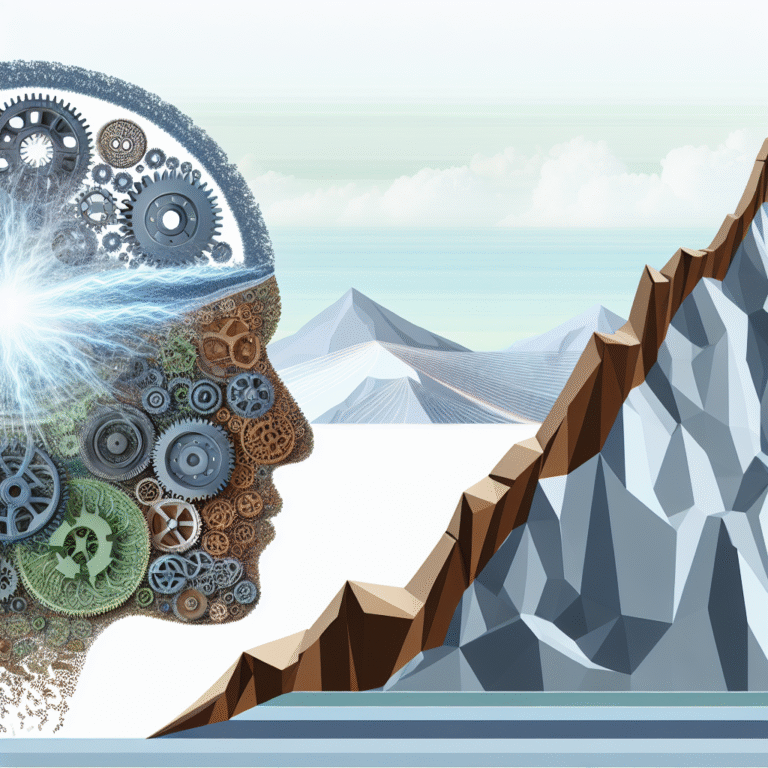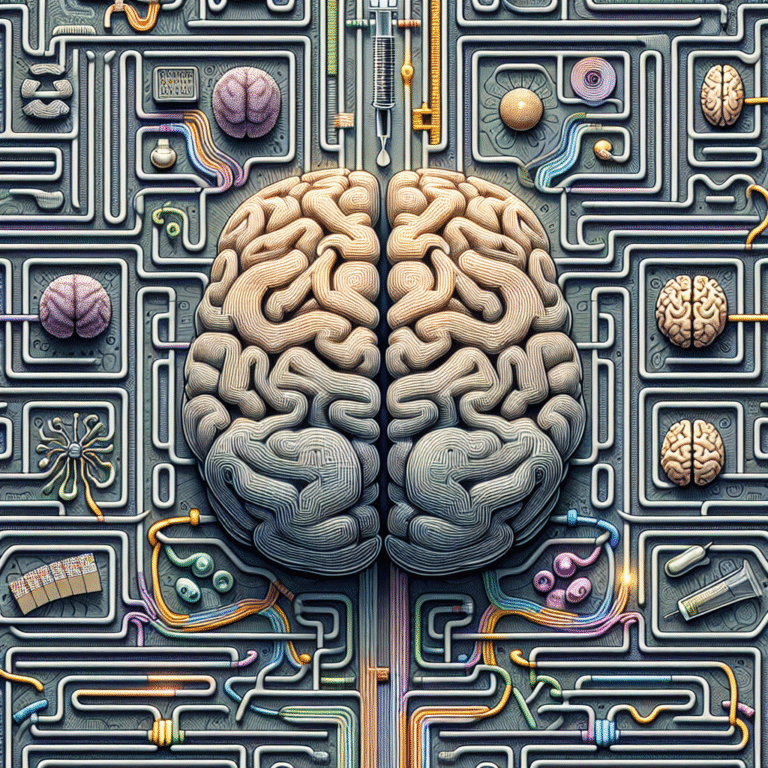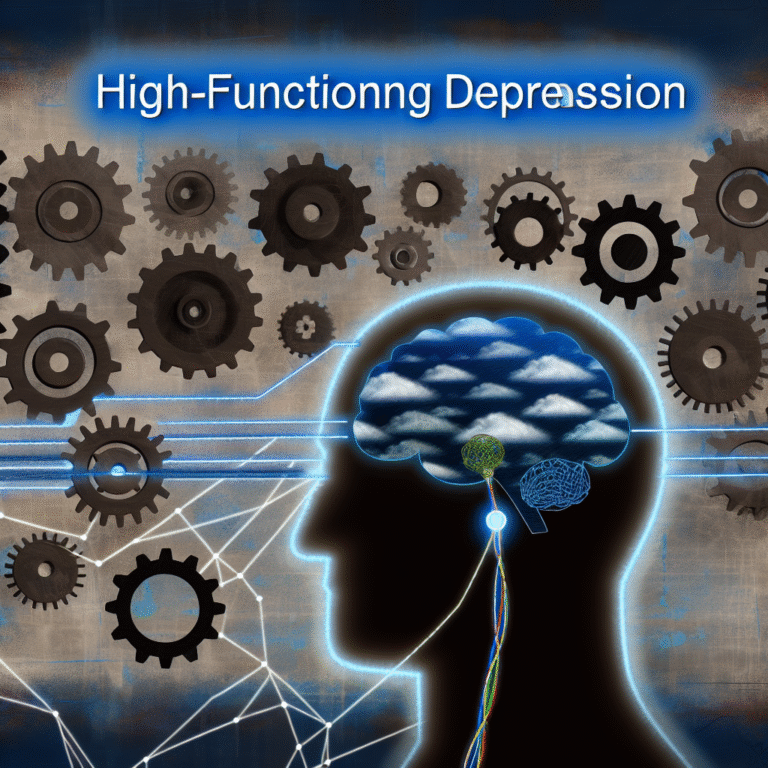
Behavioral Psychology Unpacked: The Hidden Forces Driving Your Shopping Habits
Introduction
Navigating the bustling aisles of a supermarket or scrolling through an endless feed of online stores, we often think our purchases stem from conscious choices. However, what if I told you that our buying behaviors are influenced by unseen forces rooted deeply in behavioral psychology? Behavioral Psychology Unpacked: The Hidden Forces Driving Your Shopping Habits reveals the fascinating intersection of psychology and consumer behavior that shapes our decisions in profound ways.
Understanding these dynamics is not just a curiosity; it’s an essential skill that can enhance the way you shop, save money, and even improve your overall well-being. Whether you’re a casual shopper or a retail giant, this comprehensive exploration will elucidate the elements that influence our shopping habits, offering insights that empower you to make better purchasing decisions.
The Basics of Behavioral Psychology
Behavioral Psychology, at its core, is the study of how human behavior is influenced by environmental stimuli. It encompasses various theories and principles that explain why we respond to certain situations in specific ways. When applied to shopping, understanding these principles can lead to insightful revelations.
Key Concepts in Behavioral Psychology
Cognitive Dissonance: This occurs when our beliefs do not align with our actions. For instance, if you buy an expensive item but later feel remorse, that disconnect can lead you to justify the purchase, often leading to more spending to resolve the dissonance.
Anchoring Effect: This principle involves relying heavily on the first piece of information encountered when making decisions. For example, if you see a dress priced at $200, a subsequent offer of $100 may seem like a steal, even if the dress is still overpriced.
- Loss Aversion: It’s the idea that the fear of losing something is more significant than the pleasure of gaining something of equal value. This principle explains why sales and discounts tend to motivate shoppers more than regular pricing.
Unpacking Your Shopping Habits
Understanding the psychology behind shopping behaviors requires looking into specific scenarios that illustrate these concepts in action. Here are some key areas influenced by behavioral psychology.
1. The Power of Marketing Techniques
Marketers leverage behavioral psychology extensively to drive sales. From persuasive advertisements to in-store layouts, every detail is meticulously crafted to impact consumer decisions.
Case Study: The IKEA Effect
A fascinating example is the IKEA Effect, where consumers place a higher value on products they have partially completed or assembled themselves. This phenomenon demonstrates how involvement in the production process enhances perceived value. By encouraging consumer effort, retailers like IKEA capitalize on individual investment, motivating higher purchases.
| Factor | Description | Result |
|---|---|---|
| Consumer Involvement | Engaging customers in assembly | Increased ownership feeling |
| Perceived Value | Consumers value what they ‘built’ | Willingness to spend more |
2. The Role of Scarcity and Urgency
Scarcity is a powerful influence in shopping behaviors. When something seems rare, it prompts consumers to act quickly for fear of missing out.
Case Study: Limited-Time Offers
Retailers using language like "limited time offer" or "only 5 items left!" tap into consumers’ loss aversion. A case study on Amazon shows that flash sales increase sales volume by up to 300%. During these events, buyers feel pressured to make swift decisions, often leading to impulse purchases.
3. Social Proof and Peer Influence
We are inherently social creatures, and our shopping habits are often shaped by those around us. This concept is rooted in social proof, where individuals imitate the actions of others.
Case Study: FOMO and Social Media
Platforms like Instagram have revolutionized shopping. A study indicated that the Fear of Missing Out (FOMO) can trigger compulsive buying, particularly among younger demographics. Influencers displaying trendy outfits or exclusive products create a social validation loop, prompting peer-driven purchasing.
Behavioral Biases Affecting Purchases
Behavioral psychology uncovers a range of cognitive biases that steer our shopping habits. Here are a few common biases to consider:
1. The Decoy Effect
The Decoy Effect occurs when consumers change their preference between two options when presented with a third option that is asymmetrically dominated. Companies often employ a higher-priced item to make other options appear more attractive.
Case Study: Subscription Services
Consider a subscription service offering three plans: Basic ($10), Standard ($20), and Premium ($25). Introducing a fourth plan priced at $30 makes the Premium plan seem more appealing, even if it offers negligible additional value. This deliberate strategy guides consumers toward higher-ticket choices.
2. Hyperbolic Discounting
This bias illustrates our tendency to favor immediate rewards over future benefits, a common scenario in shopping. For instance, a promotion for instant cash back may seem more appealing than saving for a future benefit.
Case Study: Credit Card Rewards
Research shows that credit card companies exploit this bias by offering immediate rewards, enticing consumers to spend more. This behavior often leads to debt accumulation as immediate gratification takes precedence over long-term financial health.
The Impact of Emotion on Shopping
Shopping is not just a economic transaction; it’s an emotional experience. Understanding the emotional triggers enhances our understanding of why people shop.
1. Emotional Spending
Emotional spending occurs when individuals make purchases to fulfill emotional desires rather than practical needs. Triggers can range from joy to sadness, leading to impulsive actions.
Case Study: Seasonal Shopping Trends
During holidays, emotions run high, and spending often escalates. A survey conducted during the holiday season revealed that 70% of respondents admitted to making purchases to improve their mood or evoke nostalgia.
| Emotion | Typical Purchases | Percentage of Shoppers |
|---|---|---|
| Happiness | Gifts, celebrations | 55% |
| Sadness | Comfort food, self-gifts | 30% |
| Stress | Luxury items, impulse buys | 25% |
Conclusion
The complexities of shopping habits illuminated by Behavioral Psychology Unpacked: The Hidden Forces Driving Your Shopping Habits show how intertwined psychology and consumer behavior are. By recognizing the underlying influences, from marketing tactics to emotional triggers, you can transform your shopping experience, making informed choices rather than succumb to impulse buying.
As you ponder your next shopping trip, consider these powerful insights. Challenge yourself to take a step back, analyze your motivations, and make purchases aligned with your personal values rather than external pressures.
FAQs
1. How does emotional attachment affect shopping habits?
Emotional attachment often leads to impulsive buying. Retailers leverage this by creating experiences that evoke strong feelings.
2. What are some common cognitive biases that influence shopping?
Cognitive biases such as the anchoring effect, loss aversion, and the decoy effect often dictate how we perceive value and make decisions.
3. How significant is social proof in driving purchases?
Social proof has a major impact. Consumers are influenced heavily by peer opinions and desires to fit in, particularly through social media.
4. What tactics should consumers avoid while shopping?
Avoid being swayed by limited-time offers without considering actual need and value, as these can lead to unnecessary purchases.
5. How can one manage impulsive shopping behavior?
Setting budgets, creating shopping lists, and taking time to reflect on purchases can help mitigate impulsive buying tendencies.
In recognizing the hidden forces that shape our shopping habits, we are empowered to make decisions that better reflect our values, enhancing both our financial and emotional well-being.
